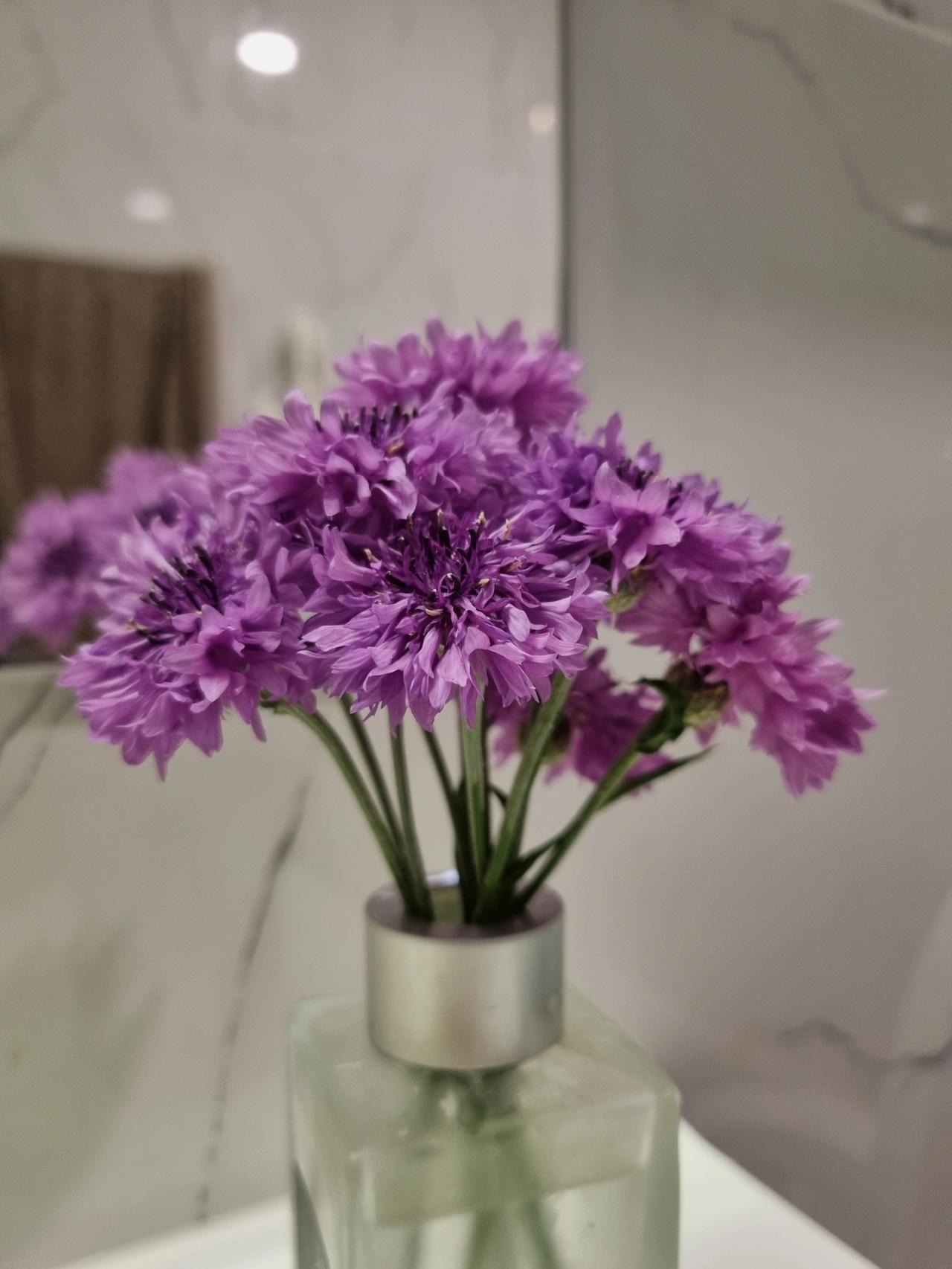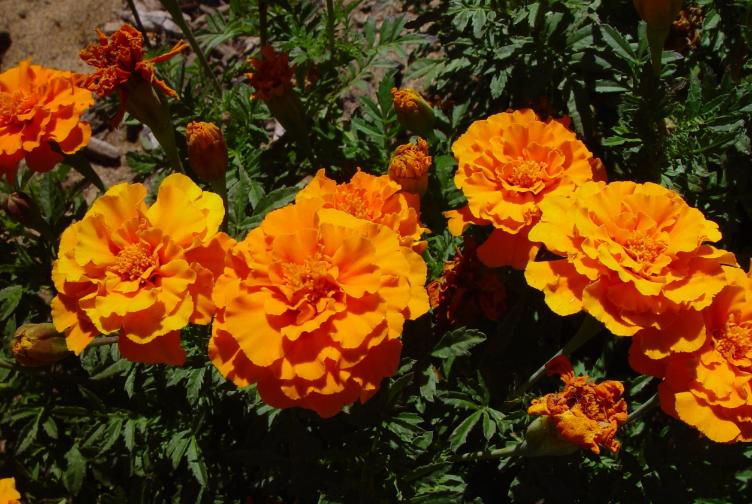The Croton plant has an intriguing story behind it. Legend has it that an ancient sorcerer used the plant’s leaves to create powerful potions. One fateful day, the sorcerer’s mischievous cat knocked over a cauldron, causing the magic elixir to spill onto the plants below. As a result, the Croton plant gained vibrant and distinctive multicolored leaves, captivating everyone who laid eyes on it. People believed that owning a Croton would bring good fortune and protect against evil spirits. Today, the Croton plant continues to enchant with its captivating colors, reminding us of its mystical origins.
Picture


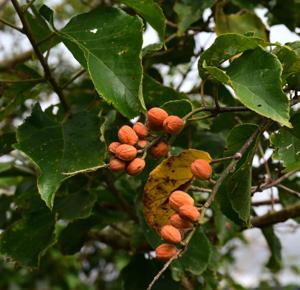
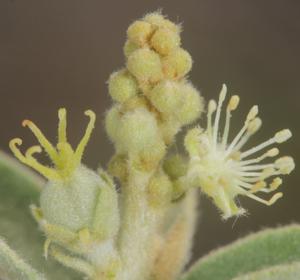

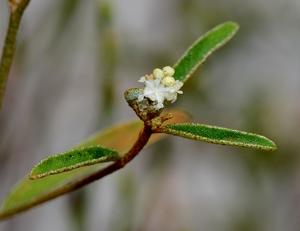


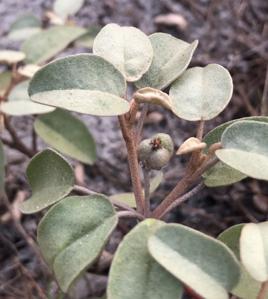
Plant some seeds now!
Short Description
Croton is an extensive plant genus in the spurge family, Euphorbiaceae. The plants of this genus were described and introduced to Europeans by Georg Eberhard Rumphius. The common names for this genus are rushfoil and croton, but the latter also refers to Codiaeum variegatum. The generic name comes from the Greek κρότος (krótos), which means “tick” and refers to the shape of the seeds of certain species.
Description
Croton is a diverse and complex taxonomic group of plants ranging from herbs and shrubs to trees. A well-known member of this genus is Croton tiglium, a shrub native to Southeast Asia. It was first mentioned in European literature by Cristóbal Acosta in 1578 as “lignum pavanae”. The oil, used in herbal medicine as a violent purgative, is extracted from its seeds. Currently, it is considered unsafe and it is no longer listed in the pharmacopeias of many countries.

